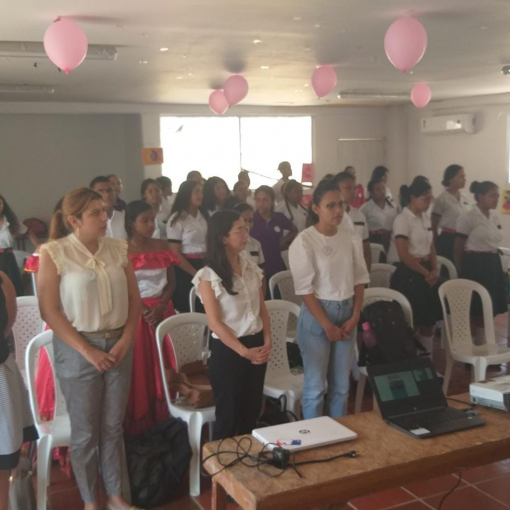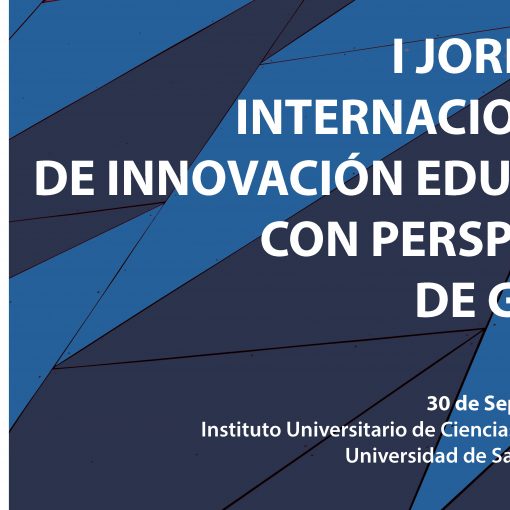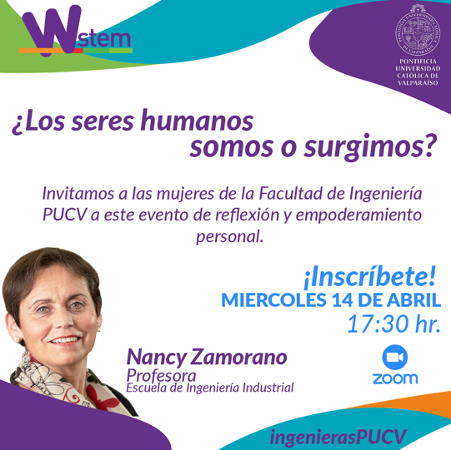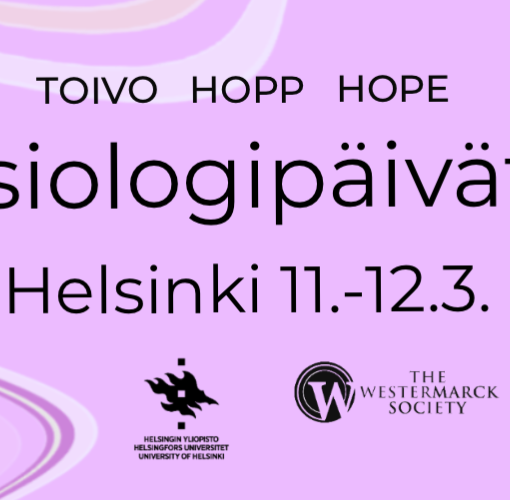
CALL FOR CHAPTERS
Women in STEM in Higher Education: Good practices of attraction, access and retainment in Higher Education
Francisco José García-Peñalvo
University of Salamanca, Spain
Alicia García Holgado
University of Salamanca, Spain
Angeles Dominguez
Tecnológico de Monterrey, Mexico
Jimena Pascual
Pontificia Universidad Católica de Valparaíso, Chile
Equity, access and democratization of Higher Education are targets related to sustainable development goals. Although the fourth goal focuses on gender equality, ensuring inclusive and equitable quality education and promoting lifelong learning opportunities for all, gender equality is a cross-cutting objective present in most of the SDGs. The gender gap is a challenge in all sectors of society, but is especially visible in STEM (Science, Technology, Engineering, and Mathematics), both in an educational and professional context. According to the UNESCO Institute for Statistics, the mean percentage of female students in tertiary education enrolled in engineering, manufacturing, and construction programs is between 6% and 7% between 2015-2018; in contrast, the percentage of male students choosing these careers is around 20-21%.
The result of the underrepresentation group is that many important questions and different points of view are not discussed, losing many important questions and ideas, made by distinct and rich groups that compose the society, that can benefit all [10]. Moreover, this is also an economic issue; according to the European Union, increasing the number of women in digital jobs will increase the Gross Domestic Product in Europe.
Organizations across the world are working on reducing the gender gap in STEM, but the situation depends on many factors not only related to cultural and socio-economic context but also factors such as self-perception, self-efficacy or previous educational experiences. Furthermore, there are many steps across the development of the career where the number of women decreases in these areas: when they enter the university, when they join the labor market and when they achieve high professional positions.
Closing this gender gap requires a holistic approach that involves not only the educational sector (primary, secondary and tertiary education) but also other spheres. In particular, it is necessary to face this problem by working on the social norms and stereotypes that influence the perception of how a STEM person should be, the professional progression, the entrepreneurship and innovation sector, the gender balance and gender perspective in research, and the formulation of policies. In this context, higher education institutions have a crucial role in the implementation of measures to reduce the gender gap in STEM. They have an impact on other educational levels through the training of future teachers, and also have an impact on the labor market. Furthermore, there is a need for modernizing policies, governance, and strengthening relations between higher education systems and the economic and social environment, including other educational levels, to work in closing the gender gap in STEM.
This book addresses the challenges related to women in STEM in higher education, gathering researches, studies, good practices, experiences and so on about the engagement, accessing, and retention of women in the STEM disciplines, also the strategies of the universities and policymakers to reduce the existing gender gap in these areas. The chapters provide an overview of the approaches implemented in different regions worldwide and provide numerous examples that can be transferred to other higher education institutions.
Topics of interest include
- Strengthening inclusive and gender-transformative in higher education.
- Gender equality in STEM studies.
- Challenges of leadership.
- Building networks of collaboration for gender equality in computer science.
- Recruitment strategies in STEM programs.
- Retention and guidance of women in STEM studies.
- Technological support to attract, engage and enhance women in STEM disciplines.
- Good practices in gender in STEM.
- Cooperation and collaboration between regions.
Submission
Submit your work through the following link: https://easychair.org/my/conference?conf=wstem2021
Important dates
- 7 June 2021: chapter proposals with title and abstract.
- 21 June 2021: we will give you feedback about your proposals.
- 30 September 2021: deadline for submitting your chapters.
- 15 October 2021: notification of acceptance.
- 31 October 2021: final version of the chapter.
Format
Manuscripts must be written in English. The estimated number of words is 8000. The chapter must contain an abstract (maximum 200 words) and keywords. Furthermore, you should follow these indications:
- Open a blank Word document.
- Use the default styles in Word to identify the heading levels.
- Use the standard Word functions for displayed lists, type styles such as bold or italics, the indexing function, and the footnote function.
- Use a single main font for the entire text. We recommend Times New Roman.
- For special characters, please use Symbol and/or Arial Unicode.




